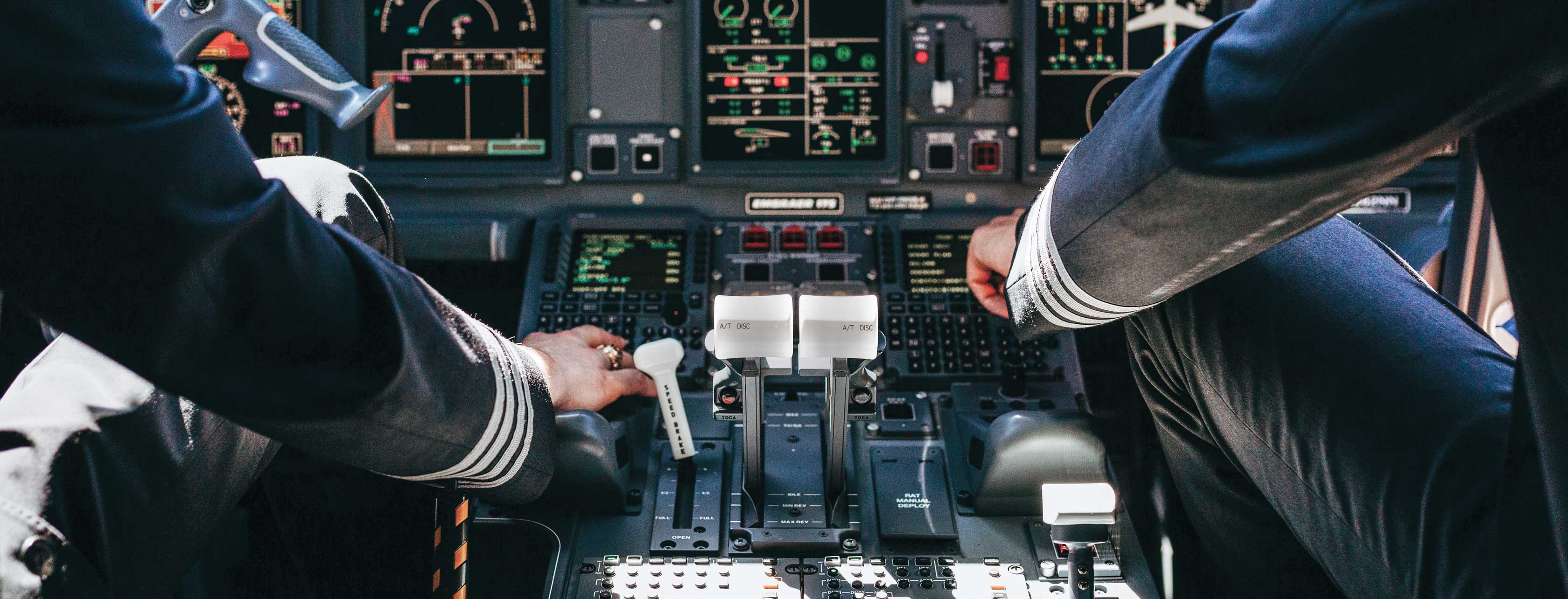Airline Pilot Requirements
To become a professional pilot, you must meet comprehensive flight hour requirements set by the FAA for commercial pilot certification. These requirements include both ground training and flight training, which must be received from authorized flight instructors and can be completed at an FAA-approved training center. Ground training is a prerequisite for flight training and covers essential aeronautical knowledge areas; students must log ground training with an authorized instructor. After completing ground and flight training, applicants must pass the required knowledge test and the required practical test as mandatory steps in the certification process.
A key part of your training is logging solo cross-country flight and solo flight time, including pilot in command time, to meet the aeronautical experience requirements. You must obtain the appropriate aircraft rating and aircraft category for the type of aircraft flown, such as airplane category, airplane single-engine rating, and single-engine class rating. Instrument flight training, including training conducted in an airplane solely by reference to instruments, is also required. Training often utilizes flight training devices and simulators to fulfill part of the flight hour requirements.
Flight instructors play a crucial role in your training, and obtaining a flight instructor certificate is a common way to build experience and flight hours. Applicants must hold an student pilot certificate before pursuing a private pilot certificate. The private pilot certificate grants private pilot privileges, including the ability to carry passengers under certain conditions, but also comes with specific limitations.
Throughout your training, you will log specific maneuvers and procedures, such as basic instrument maneuvers, slow flight, emergency operations, unusual flight attitudes, recovery techniques, and ground reference maneuvers. Training must include operations at various takeoff and landing locations, including airports with an operating control tower.
Cross-country flights must meet specific requirements, such as a minimum straight line distance between takeoff and landing points, and your flight experience should consist of various phases, including takeoffs, landings, and navigation exercises.
Successful completion of all training and testing requirements is necessary to qualify for air carrier operations and employment as a professional pilot.
The steps required to become a commercial pilot »
Background and Medical Requirements
Becoming an airline pilot involves more than just completing flight training and earning a pilot certificate. The Federal Aviation Administration (FAA) sets strict background and medical requirements to ensure that every commercial pilot is fit to safely operate an aircraft. Before you can take to the skies as an airline pilot, you’ll need to pass a comprehensive background check. This process reviews your driving record, checks for any criminal history, and looks into any past substance abuse issues. A clean record is essential, as airlines and the FAA prioritize safety and responsibility in all flight operations.
In addition to background checks, all aspiring commercial pilots must obtain a valid medical certificate. This requires a thorough physical examination by an FAA-designated Aviation Medical Examiner (AME). The exam ensures you meet the medical standards necessary for safe flight, including correctable 20/20 vision and the absence of any physical or mental conditions that could interfere with your ability to fly. Some conditions, such as certain types of color vision deficiency, may not automatically disqualify you, but could result in specific limitations on your pilot certificate. If you have questions about your eligibility, it’s best to consult directly with an AME.
Flight experience is another critical component. To qualify for a commercial pilot certificate, you must complete a set number of hours of flight training, which includes cross-country flight training, night flight training, and solo flight training. You’ll also need to demonstrate proficiency in operating aircraft systems, handling emergency procedures, and applying crew resource management skills. The FAA requires that you have a solid understanding of aeronautical knowledge areas, such as applicable federal aviation regulations, weather interpretation, navigation, and aircraft performance. These requirements ensure that every airline pilot is well-prepared for the demands of professional flight operations, from straight and level flight to complex cross-country flights.
By meeting these background, medical, and flight training requirements, you’ll be on the right path to earning your commercial pilot certificate and pursuing a rewarding career as an airline pilot.
FAA medical certificate requirements »
